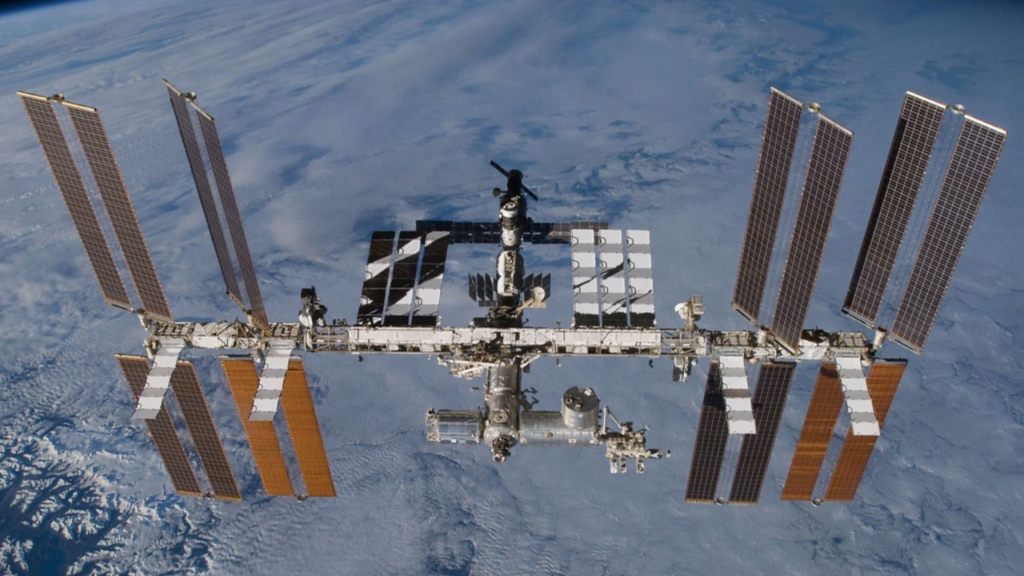The International Space Station’s operational lifespan is almost up. NASA is currently working on a strategy for SpaceX to destroy it.
SpaceX has been given a $843 million contract by NASA to safely remove the International Space Station (ISS) from orbit and return it to Earth as the agency gets ready to demolish the space station.

The space agency’s plans state that sometime after the International Space Station (ISS) reaches the end of its operational life in 2030, SpaceX’s specially constructed deorbit spacecraft would tow the football field-sized space station back to Earth. At about 17,000 mph (27,500 km/h), the International Space Station will fall into Earth’s atmosphere and settle at an oceanic crash site.
NASA’s assistant administrator for Space Operations Mission Directorate, Ken Bowersox, said in a statement that deorbiting the space station “supports NASA’s plans for future commercial destinations and allows for the continued use of space near Earth.”
Global Space Collaboration: NASA and Partners Navigate Aging ISS to 2030
Following its 1998 launch, the first permanent occupants of the International Space Station arrived in 2000.
Five space agencies—NASA, the Canadian Space organization, the European Space Agency, the Japan Aerospace Exploration Agency, and State Space Corporation Roscosmos—have been running the International Space Station (ISS) since 1998. Each organization is in charge of overseeing and administering the hardware that the ISS supplies. They have successfully conducted over 3,300 scientific studies in a near-Earth orbit.
Though the space station is aging, its contracts with the five participating national space agencies, which signaled the beginning of international collaboration in space after the end of the Cold War, will expire by 2030. Technical concerns and leaks also continue to pose problems for personnel.
However, it’s still unknown precisely when the space station will return to Earth by crashing. NASA is committed to continuing operations until 2030, even if the budget has a 2030 end date.

At a press conference on January 25, Steve Stich, the manager of NASA’s commercial crew program at Houston’s Johnson Space Center (JSC), stated that “nothing magical happens in 2030.”
According to Stich, the International Space Station (ISS) is expected to go on operating until the commercial space stations that are supposed to take its place become operational. Among these are the Orbital Reef, created by Blue Origin and Sierra Space, and Axiom Space’s Axiom Station. Both stations are expected to be operational by end of this decade.
It’s also unclear how much the other space organizations will contribute when the ISS is prepared for destruction. Although NASA stated in a statement that “all five space agencies are responsible for the safe deorbit of the International Space Station,” it is unclear how much money or technical support NASA received for SpaceX’s drag-and-dump operation.
This will not be the first time a retired space station performs a violent fall. Russia’s Mir space station was forced to fall back to Earth in 2001, and the Pacific Ocean ate up the pieces that were left.






